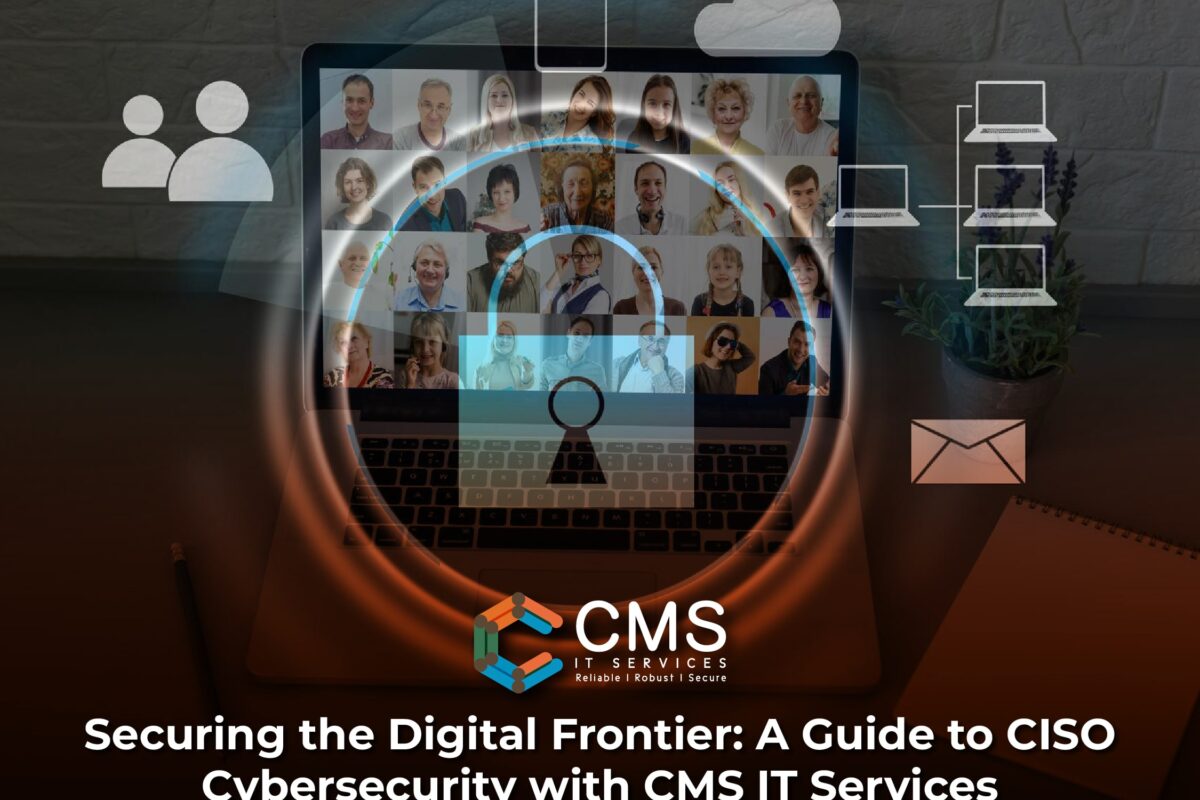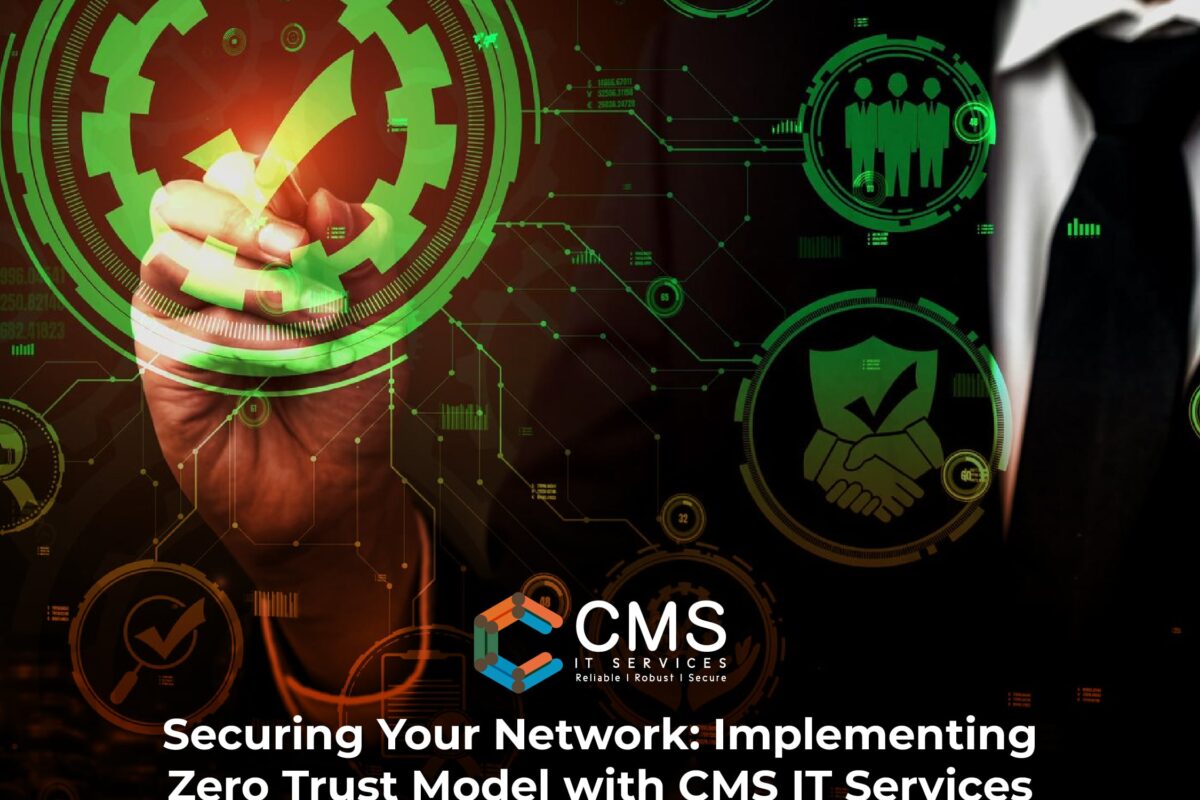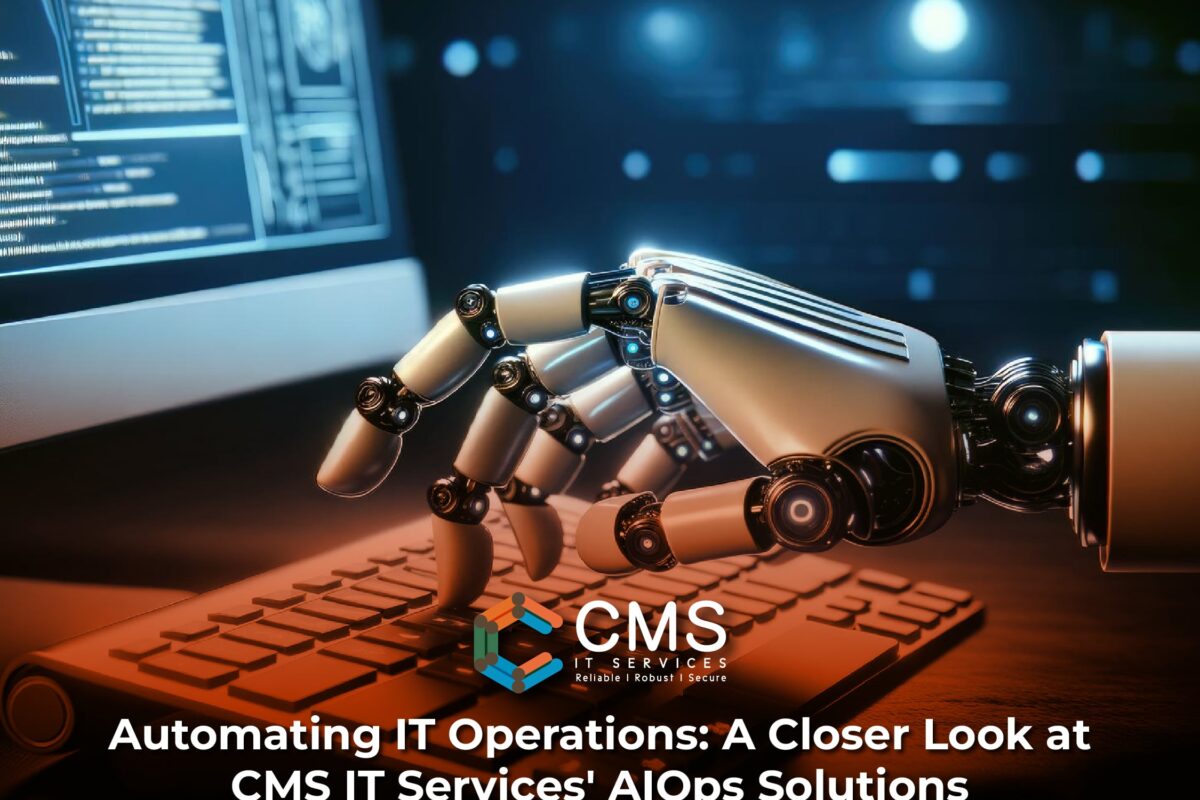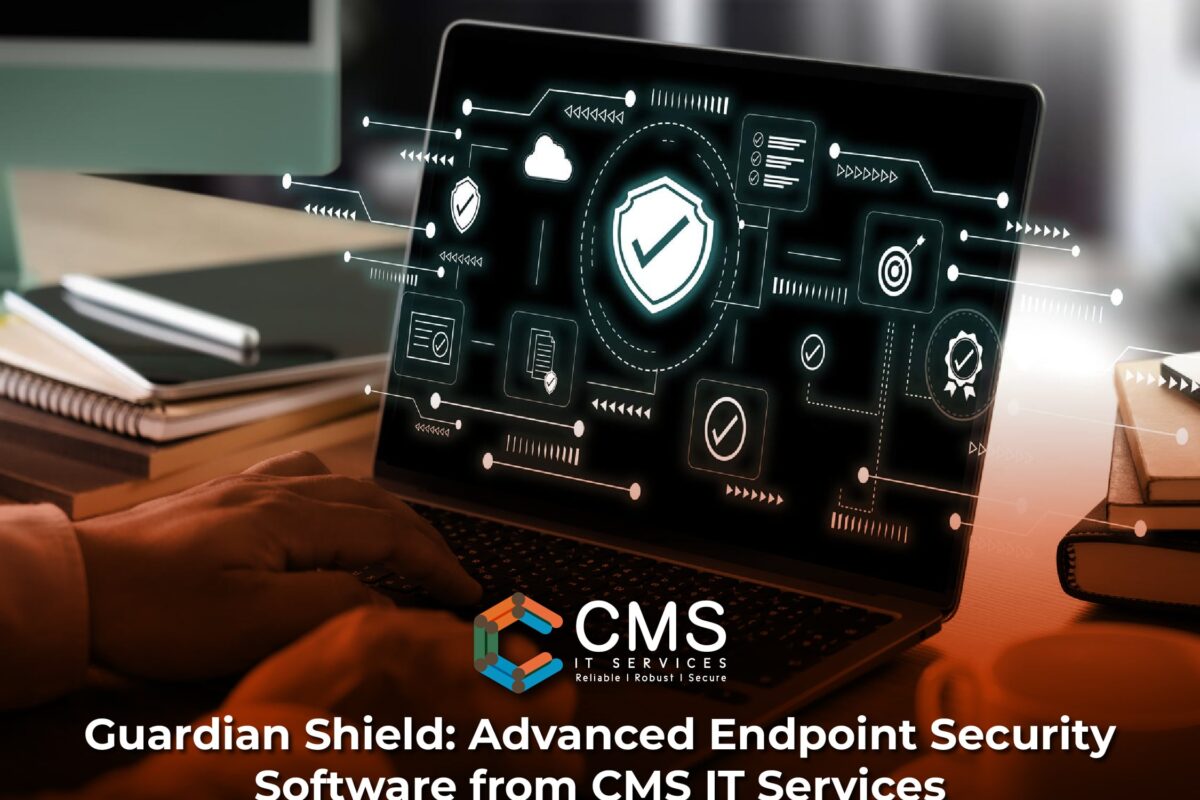In an era dominated by digital advancements, cybersecurity stands as a paramount concern for businesses worldwide. With cyber threats evolving at an unprecedented pace, the need for robust cybersecurity measures has never been more critical. As businesses navigate the complexities of cyberspace, the role of a Chief Information Security Officer (CISO) emerges as a linchpin in safeguarding organizational assets against cyber risks. In this comprehensive guide, we delve into the realm of CISO cybersecurity, focusing on the expertise and solutions offered by CMS IT Services.
Understanding the Role of a CISO Cybersecurity
In today’s cyber landscape, the CISO plays a pivotal role in orchestrating an organization’s cybersecurity posture. Tasked with safeguarding sensitive data, infrastructure, and digital assets, the CISO holds the responsibility of devising and implementing robust cybersecurity strategies. Equipped with a blend of technical prowess and strategic acumen, the CISO navigates the intricate web of cyber threats, ensuring proactive mitigation measures are in place.
Cybersecurity Challenges in the Digital Age
The digital age has ushered in a myriad of cybersecurity challenges, ranging from sophisticated malware to targeted cyber-attacks. With the proliferation of interconnected devices and the advent of cloud computing, businesses face an ever-expanding threat landscape. To combat these challenges effectively, organizations must adopt a proactive stance towards cybersecurity, leveraging cutting-edge technologies and proactive defense mechanisms.
CMS IT Services Approach to CISO Cybersecurity
At CMS IT Services, we recognize the dynamic nature of cybersecurity threats and the importance of staying ahead of the curve. Our approach to cybersecurity encompasses a multi-faceted strategy, combining proactive threat intelligence, robust defense mechanisms, and continuous monitoring. Leveraging state-of-the-art technologies and industry best practices, we empower businesses to fortify their cybersecurity posture and mitigate potential risks effectively.
Benefits of Outsourcing CISO Cybersecurity Services
Outsourcing CISO services to CMS IT Services offers a plethora of benefits for businesses seeking to bolster their cybersecurity defenses. By partnering with seasoned cybersecurity professionals, organizations gain access to specialized expertise, cost-effective solutions, and enhanced threat detection capabilities. Moreover, outsourcing CISO services allows businesses to focus on core competencies while entrusting their cybersecurity needs to seasoned professionals.
Implementing Effective Cybersecurity Measures
In an increasingly digitized world, implementing effective cybersecurity measures is paramount to mitigating cyber risks. A comprehensive cybersecurity plan encompasses various components, including risk assessment, threat detection, incident response, and employee training. By adopting a proactive approach to cybersecurity, businesses can safeguard their digital assets and maintain operational resilience in the face of evolving threats.
Securing Data in Cloud Environments
As businesses migrate towards cloud-based infrastructure, securing data in cloud environments emerges as a critical priority. Cloud security poses unique challenges, including data breaches, unauthorized access, and misconfiguration errors. At CMS IT Services, we employ a holistic approach to cloud security, leveraging encryption, access controls, and security monitoring to safeguard sensitive data and ensure regulatory compliance.
Ensuring Compliance with Regulatory Standards
Compliance with regulatory standards is non-negotiable in today’s regulatory landscape. Failure to adhere to regulatory requirements can result in severe penalties, legal repercussions, and reputational damage. At CMS IT Services, we assist businesses in navigating the intricacies of regulatory compliance, ensuring adherence to industry standards and regulatory frameworks such as GDPR, HIPAA, and PCI DSS.
Future Trends in Cybersecurity
The future of cybersecurity promises to be dynamic, with emerging technologies and evolving threat vectors reshaping the cybersecurity landscape. As businesses embrace innovations such as AI, IoT, and blockchain, new cybersecurity challenges are bound to arise. At CMS IT Services, we remain at the forefront of technological advancements, continually adapting our strategies to counter emerging threats and safeguard our clients’ digital assets.
Enhancing Cybersecurity Awareness
Cybersecurity awareness plays a pivotal role in fortifying organizational defenses against cyber threats. Educating employees about common cyber risks, phishing attacks, and security best practices is essential in fostering a culture of cybersecurity consciousness. At CMS IT Services, we champion cybersecurity awareness initiatives, offering training programs, workshops, and educational resources to empower organizations in their cybersecurity journey.
Measuring Cybersecurity Effectiveness
Measuring the effectiveness of cybersecurity measures is imperative for identifying vulnerabilities and enhancing defense capabilities. Key metrics such as mean time to detect (MTTD), mean time to respond (MTTR), and risk exposure index (REI) offer valuable insights into an organization’s cybersecurity posture. At CMS IT Services, we employ a robust framework for measuring cybersecurity effectiveness, enabling proactive threat mitigation and continuous improvement.
Conclusion | CISO Cybersecurity
In conclusion, cybersecurity remains a cornerstone of modern business operations, requiring a proactive and multi-layered approach to effectively mitigate cyber risks. With CMS IT Services as your trusted cybersecurity partner, you can rest assured knowing that your digital assets are safeguarded against evolving threats. By leveraging cutting-edge technologies, industry expertise, and proactive defense mechanisms, CMS IT Services empowers businesses to navigate the digital landscape with confidence and resilience.




